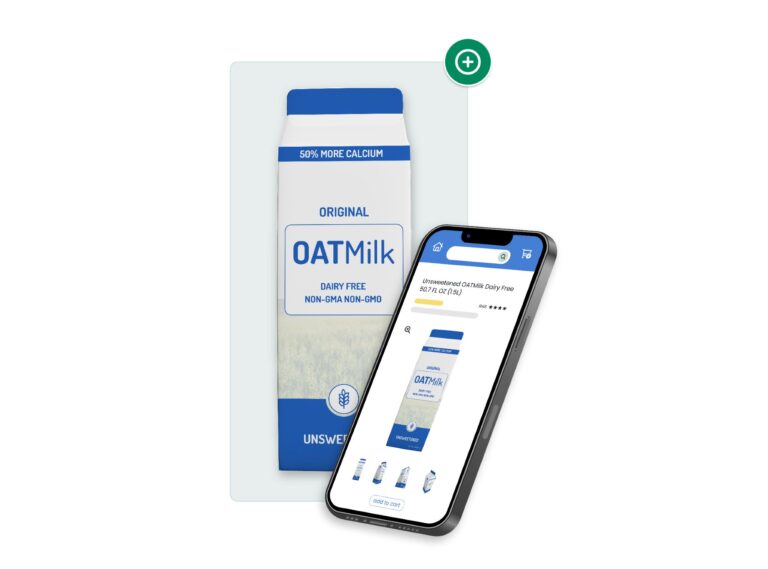E-Commerce potential growth will only continue to rise and there is still room for smaller retailers to grow their sales. Today, small-to- medium-sized businesses (SMBs) allow shoppers to successfully find and purchase, through searches and/or from a curated list on popular eCommerce sites.
In order to do so successfully, product content, specifically, product images, key words, and rankings are primarily what determine sales and conversions. And a trusted retailer with consistent, informative, and compelling product content creates sales and conversions that are long-term.
Rich, Robust Product Content
In fact, a recent report, “The Transparency Imperative” from Label Insight and Food Marketing Institute states 75 percent of online shoppers are more likely to switch to a brand that provides more in-depth product information, beyond what’s provided on the physical label.
The product image is the first piece of product content your potential consumer will see. Smart SMBs will use images that inform the consumer and tells a brand story. Whenever possible, images give us specifications like width, length, and height via informational graphics. They also show us the product in use/practice.
Of course, consumers can’t find your product without searchable and pragmatic key words. For example, consumers are more likely to search for “dryer sheets” than “fabric softener sheets” and these searches are what leads to sales. Keywords should be designed with users and potential consumers in mind. And terminology should also be consistent across platforms. If a product is described with one set of terms via Facebook and Google, those terms should be consistent when viewing the product on Amazon. Changing terminology and general inconsistency leads to product distrust and a higher bounce rate.
Marketing + Operations = E-Commerce Success
This is why it is critical that marketing and operations are uniform and working in tandem. Afterall, a higher bounce rate will most likely have a malaffect on product rankings via Google, Amazon, etc.
If an eCommerce sites lowers search rankings when a product is found to be out of stock by a consumer, this can impact sales and conversions for months. This “rep out of stock rate” and its effect on the ranking algorithm again stresses the point of marketing and operations working together. If marketing pushes a campaign out and drives potential consumers on select eCommerce platforms, when items are out of stock, even for an hour, this hurt sales for months.
Best Practices For SMBs
- Robust, Informational, and Compelling Product Images
- Knowledge and Successful Use of Key Search Terms
- Proper use of Marketing and Trade teams to Improve Brand Rankings via Google, Amazon, etc
For more information on how to implement consistent, informative, and compelling product content, contact 1WorldSync via businessdevelopment@1worldsync.com.






